Hybrid lateral load resisting system [LH] - jcgomezz/Building_taxonomy GitHub Wiki
Hybrid Lateral Load-Resisting System (LLRS) exists in one of the following two cases: a) there is more than one LLRS in the building, but there is no clear distinction between LLRSs in two principal directions (X and Y), or b) there is only one LLRS in the building, but two or more materials of the LLRS are used in different portions of the building. Note that Dual Frame-Wall System is also a hybrid system, however it has been classified as a separate LLRS in the taxonomy. It should be also noted that Direction attribute is intended to be used to describe buildings with two distinct LLRSs in principal directions of the building, which are also hybrid systems.
Different LLRSs could exist up the building height, or there could be more than one system in each principal direction of the building. For example, reinforced concrete moment frame exists in bottom one or two storeys and load-bearing masonry in the upper storeys in the same building.
An example of a hybrid LLRS where two different materials are used is Wall system, where load-bearing masonry exists in bottom one or two storeys supporting a wooden lateral load-resisting system (also classified as Wall) above.
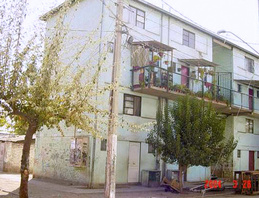
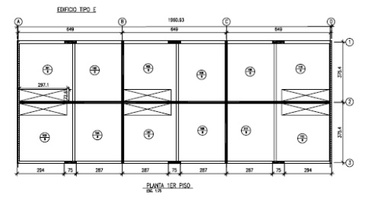
An example of a hybrid system from Chile, where reinforced concrete columns exist in longitudinal direction (baylines 1 and 3) at the lower two floor levels, and there are reinforced masonry walls at upper levels (as shown on the floor plan above). Reinforced concrete walls along bayline 2 exist at the ground floor level, and there are reinforced masonry walls at upper levels. Walls in transverse direction (baylines A and C) are of reinforced masonry at all floor levels. Walls along bayline B are of reinforced concrete construction at the ground floor level, and reinforced masonry construction at upper levels (M.O. Moroni Yadlin).
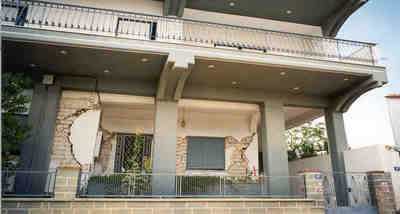
An old loadbearing brick masonry building at the ground floor has been overlaid by new reinforced concrete frame construction above; the damage to the masonry part occurred during the Athens earthquake of Sept. 7, 1999; reinforced concrete frame extensions (in plan, or elevation, or both) to old masonry buildings are frequent in Greece where they constitute around 5% of the existing building stock” (A. Pomonis)
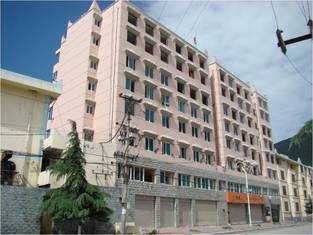
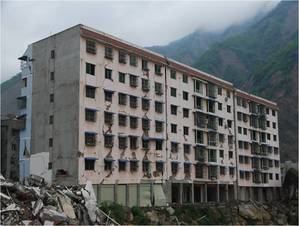
Buildings with reinforced concrete frame used in the first storey and confined masonry above can be found in China; some buildings of this type were affected by the 2008 Wenchuan earthquake (J. Dai)
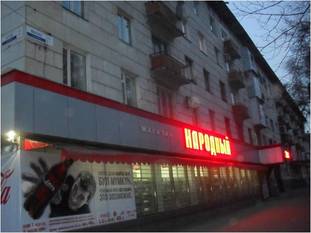
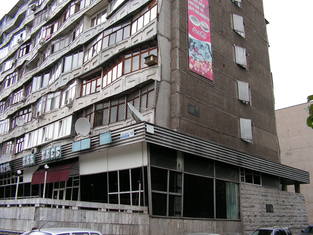
Buildings with a cast in-situ reinforced concrete frame at the ground floor level and brick masonry or concrete walls above can be found in Kyrgyzstan (left: K. Kanbolotov; right: U. Begaliev, A. Duishev, and R. Musakov)
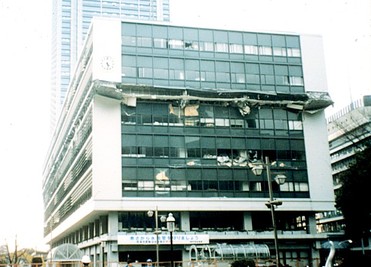
Collapse of the 6th storey of the 8-storey Kobe City Hall Annex building in the 1995 Kobe, Japan earthquake. The collapse was likely due to a hybrid lateral load-resisting system consisting of steel reinforced concrete (SRC) at lower floors and RC frame at upper floors (C. Scawthorn).
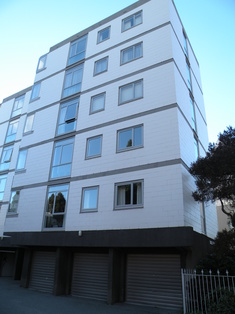
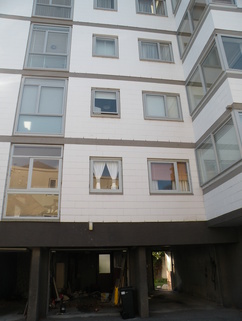
A six-storey building damaged in the February 2011 Christchurch, New Zealand earthquake has reinforced concrete walls at the ground floor level and reinforced masonry construction above (in the form of interior reinforced concrete block walls in the interior and cavity walls at the exterior) (J. Centeno)
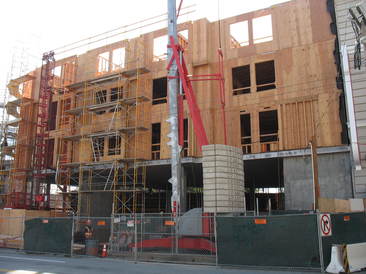
A hybrid system consisting of cast-in-place reinforced concrete construction at the ground floor level and wood frame construction above can be found in California (USA) and British Columbia (Canada) (D. Bonowitz)
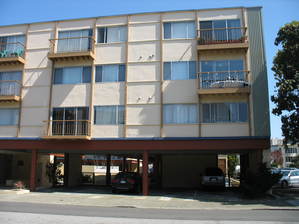
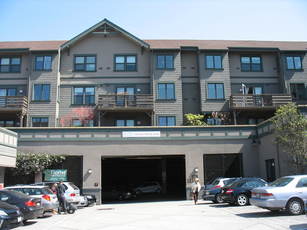
Reinforced concrete columns and walls in the ground storey and wood frame apartments above - ground floor usually used for parking, California (D. Bonowitz). A building with precast reinforced concrete frame at the ground floor level and wood frame above collapsed in the 1994 Northridge, California earthquake (the concrete frame collapsed and the building lost ground floor) (FEMA 454)
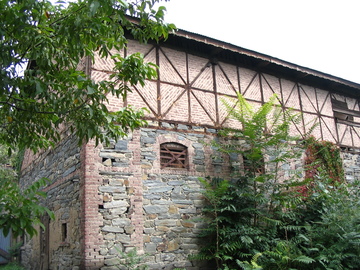
A building with the ground floor consisting of unreinforced stone and brick masonry construction, and the second storey with Dhajji Dewari construction, Kashmir, India (D. Rai)
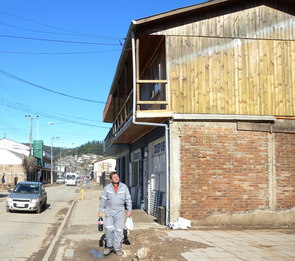
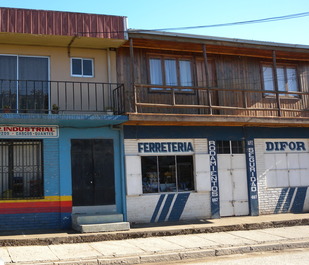
A building with a hybrid lateral load-resisting system consisting of the confined masonry construction at the first storey and timber construction at the second storey, Constitution, Chile (S. Brzev)
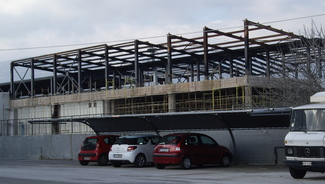
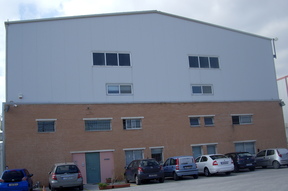
An example of a hybrid system with reinforced concrete frame at the ground floor level and steel frame above, Athens, Greece (the left photo shows a building under construction and the right photo shows a similar building when completed) (A. Pomonis)
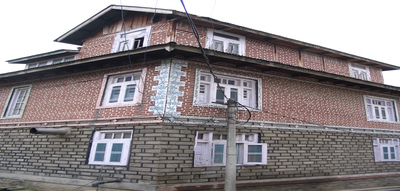
A hybrid building with stone masonry wall at the ground floor, brick masonry wall at the second floor, and Dhajji Dewari construction (note wooden posts) at the top floor level, Kashmir, India (D. Rai)
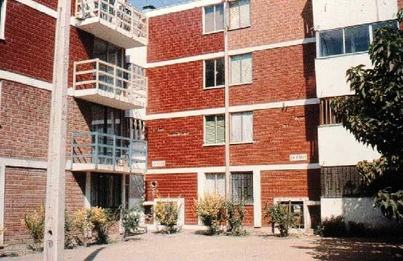
A hybrid system consisting of confined masonry at the bottom floor and reinforced clay block masonry above; this photo shows a building in Chile which suffered damage at the second floor in the 1985 Llolleo earthquake (M. Astroza)